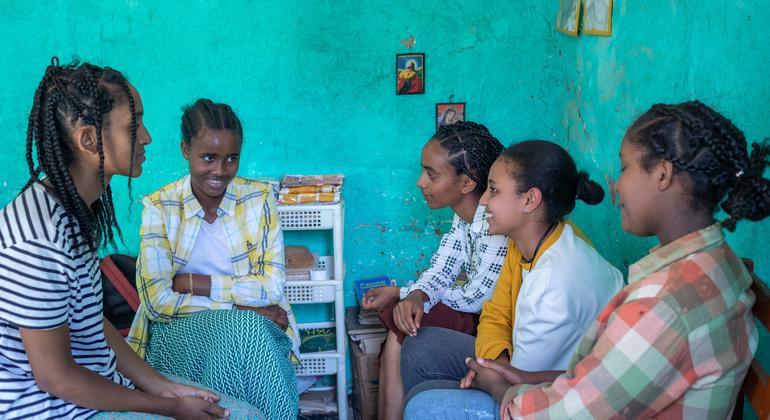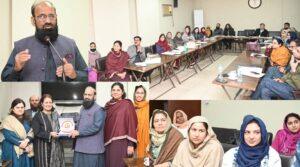While the health sector worldwide plays a key role in the detention of the abusive practice of the MGF and support survivors, in several regions, the evidence suggests otherwise.
From 2020, it is estimated that 52 million girls and women were subjected to the MGF at the hands of health workers, that is one in four cases.
“Health workers must be agents for change instead of the perpetrators of this harmful practice“Dr. Pascale Allotey said, who is the director of health and sexual and reproductive research.
She insisted that the cut is a “severe violation of the rights of girls” that critically endangers their health.
The evidence has shown that the MGF causes damage, regardless of who performs it, but it can be more dangerous when health workers do it, since a “medicalized” procedure can result in more serious injuries, which warned in a statement on Monday.
As part of the ongoing efforts to stop the practice completely, the UN Agency issued new guidelines that urged greater actions of doctors, governments and local communities.
FGM in retirement
The cut, which covers any procedure that eliminates or damages parts of female genitals for non -medical reasons, also requires high quality medical care for those who suffer their effects, who says.
Since 1990, the probability that a girl undergoes genital mutilation has fallen triplebut 30 countries still practice it, putting four million girls at risk every year.
MGF can lead to short and long term health problems, from mental health conditions to obstetric risks and sometimes the need for surgical repairs.
The recently published guidelines of those who also suggest ways to improve attention for survivors in different stages of their lives.
‘Opinion leaders’
End the practice is within the scope of the possible, and some countries are directed in that direction, said the UN Health Agency.
“Research shows that health workers can be influential opinion leaders in changing attitudes about the MGF and play a crucial role in their prevention.“Said Christina Pallitto, principal author of the WHO scientist study and the human reproduction program (HRP).
“Involving doctors, nurses and midwives should be a key element in the prevention and response of the MGG, since countries seek to put an end to practice and protect the health of women and girls,” he said.
The relentless efforts to stop the MGF have led countries, such as Burkina Faso, to reduce rates among young people aged 15 to 19 years in 50 percent in the last three decades.
Similarly, prevalence fell by 35 percent in Sierra Leone and 30 percent in Ethiopia, thanks to the action and political will to enforce prohibitions and accelerate prevention.
WHO in 2022 published a prevention training pack for primary care workers, to highlight the risks of practice and equip them to participate significantly with communities, while billing in local culture and perspectives.
“Due to this training, I can now increase women awareness [of FGM] and persuade them about … disadvantages, “said a health worker during launch.




